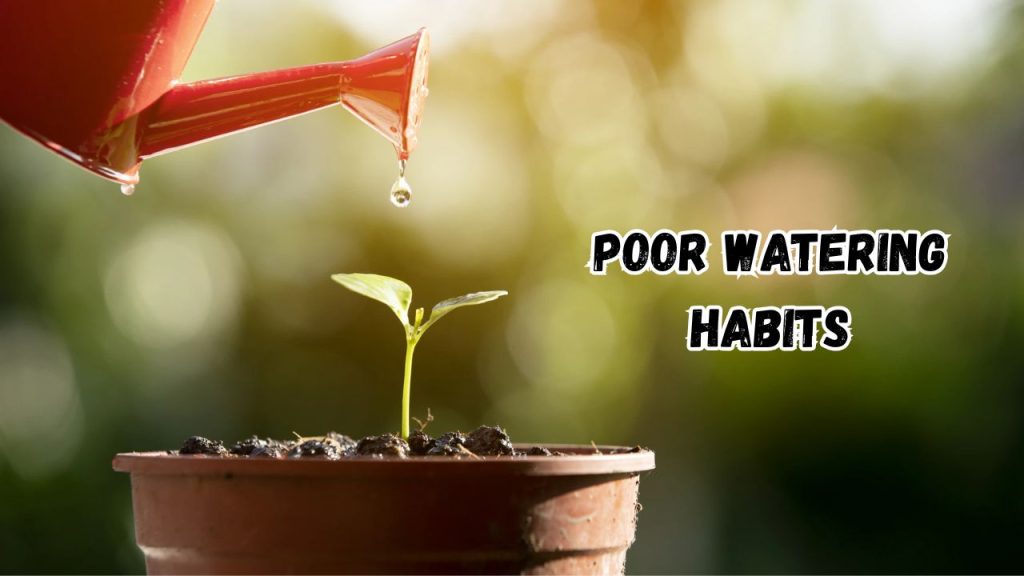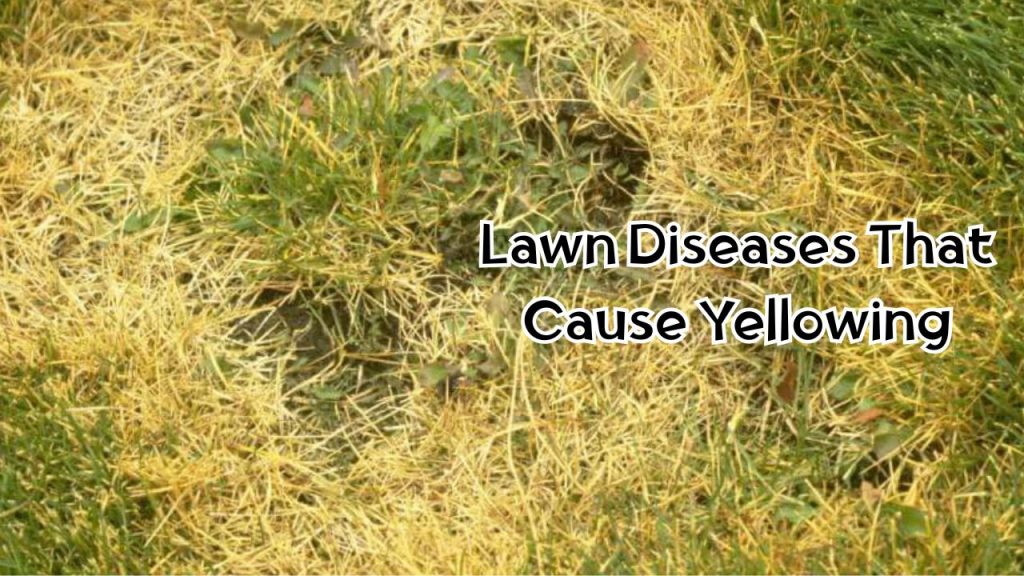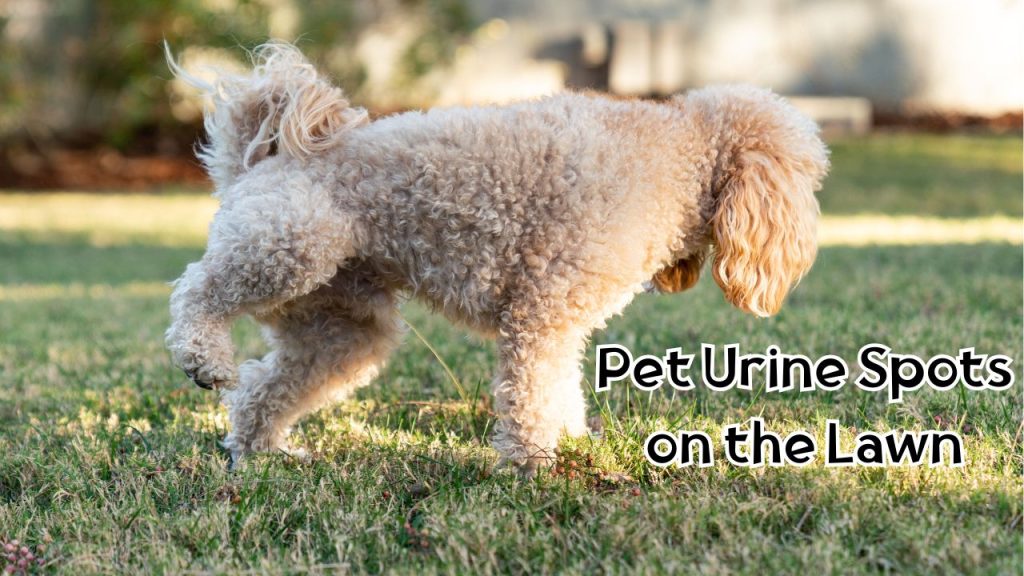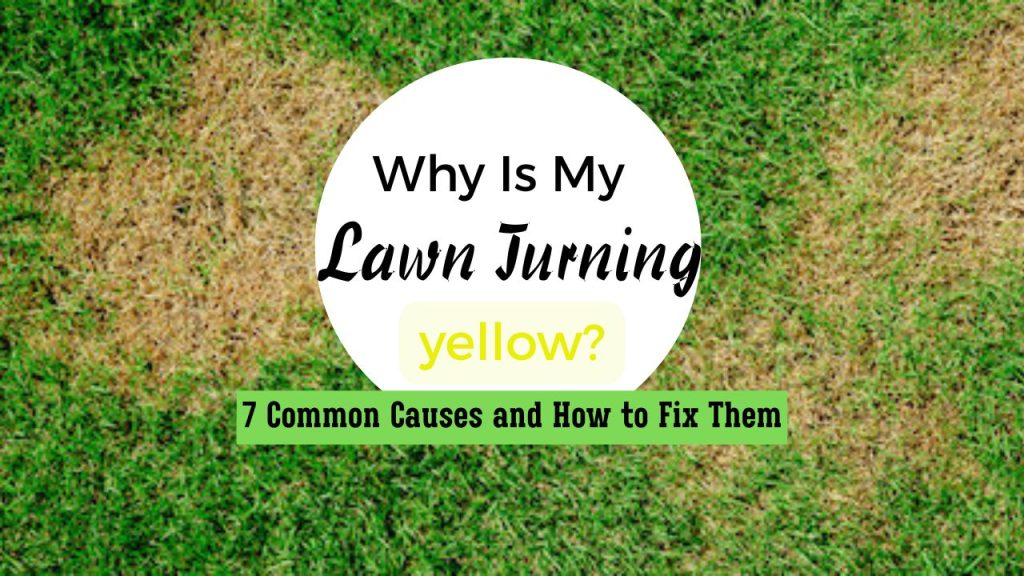Why Is My Lawn Turning Yellow?
Is your once lush, green lawn now looking more like a faded, yellowish patch? It’s a common issue that homeowners face, and while it might look alarming, the good news is that most causes of yellow grass are fixable with the right approach. Yellowing grass can be a sign of a variety of problems, from simple watering mistakes to more serious nutrient imbalances or lawn diseases. In this article, we’ll explore the seven most common causes of yellow grass and, more importantly, how to treat them. Let’s get your lawn back to its vibrant green state!

Poor Watering Habits
It’s easy to assume that your lawn needs constant watering, but overwatering or underwatering can both cause problems. If your lawn turns yellow, the issue might be that the roots aren’t getting the oxygen they need. Overwatering floods the soil, suffocating the grass roots and making them weak. Underwatering, on the other hand, dries out the grass, leading it to struggle for nutrients.
Treatment:
- For overwatering, make sure to water deeply but less frequently. Aim for about 1 to 1.5 inches of water per week, either from rainfall or irrigation.
- If you’re underwatering, increase watering frequency but be mindful of weather conditions, like rain. Water in the early morning to prevent disease and ensure the grass gets what it needs.
- Check the soil with a screwdriver or garden fork—if it’s soggy and doesn’t drain well, you might need to adjust your watering schedule or improve drainage.
Nutrient Deficiencies in Soil
Grass needs several key nutrients to stay green and healthy, with nitrogen being the most crucial. A deficiency in nitrogen or other essential nutrients like iron, potassium, or phosphorus can lead to yellowing. If your soil lacks these nutrients, your grass won’t thrive, no matter how well you water it.
Treatment:
- Test your soil to see what nutrients it may be lacking. Soil test kits are available at garden centers or online.
- Fertilize your lawn with a balanced fertilizer, one that provides the right mix of nitrogen, phosphorus, and potassium. Organic compost can also improve soil quality and provide slow-release nutrients.
- Be sure to follow the recommended application rates. Over-fertilizing can burn the grass and create other issues.

Explore This Topic: How To Fill Holes In Yard And Repair Dig Spots The Right Way
Lawn Diseases That Cause Yellowing
There are several lawn diseases that can result in yellowing grass. Fungal infections like Dollar Spot, Red Thread, and Brown Patch thrive in certain conditions, and once they take hold, they can turn a healthy lawn into a patchy, yellow mess.
Treatment:
- Identify the specific disease. For example, if you notice circular patches of yellowing, it could be a sign of Dollar Spot.
- Apply fungicide to combat fungal growth. For most diseases, early treatment is key to stopping the spread.
- Ensure your lawn is properly mowed and aerated to prevent diseases from taking hold. Proper watering practices (as mentioned above) will also help reduce fungal growth.
Damage from Pests and Insects
Pests like grubs, chinch bugs, and ants can wreak havoc on your lawn, feeding on grass roots and causing yellow patches. If you notice small holes, uneven patches, or visible insects on your lawn, there’s a good chance that pests are to blame.
Treatment:
- For grubs and other soil-dwelling insects, apply a targeted pesticide or nematodes. These can help reduce the pest population without harming the environment.
- To avoid future infestations, keep your lawn healthy by maintaining proper watering, fertilization, and mowing routines. A healthy lawn is less likely to be attacked by pests.
- If you spot a problem early, you may be able to control the damage with just localized treatments.
Environmental Stress and Weather Conditions
Extreme weather conditions—whether it’s intense heat, drought, or a late frost—can stress your lawn out and cause it to turn yellow. Your grass might be struggling to adapt to the temperature shifts, particularly in transitional seasons.
Treatment:
- When it’s hot, water early in the morning to help your grass recover from the heat. If it’s too cold, reduce watering and allow the grass to go dormant.
- Consider using a drought-resistant grass variety, or improve your lawn’s drainage and shade if heat stress is a constant issue.
- Aerating the lawn can also help reduce compaction and improve root growth, especially in heavy clay soils.

Check This Out: Are Leaves Good For Grass? What You Need To Know
Pet Urine Spots on the Lawn
Dogs love to relieve themselves on the lawn, but their urine can leave unsightly yellow spots on the grass. The high nitrogen content in pet urine is great for fertilizing plants—but not all at once. When too much nitrogen accumulates in one spot, it can burn the grass, causing yellow patches to appear.
Treatment:
- Rinse the affected area with water immediately after your pet does its business. This will help dilute the urine and reduce its harmful effect on the grass.
- If the yellow spots are already present, consider reseeding those areas or using a lawn repair mixture.
- Train your pets to use a specific area of the lawn to help prevent future damage. You can also consider planting grass varieties that are more resistant to urine damage.
Conclusion
Yellow grass isn’t necessarily a sign of something serious, but it’s important to address the underlying cause sooner rather than later. Whether it’s poor watering habits, a nutrient deficiency, or damage from pests, there’s always a solution. By taking the right steps to treat the issue and practicing proper lawn care, your grass will bounce back stronger and greener than ever. Keep in mind that each lawn is unique, so identifying the root cause (pun intended!) is key. With the right approach, you’ll be able to enjoy a lush, green lawn all season long. So, what’s your next move? Time to tackle those yellow patches!

